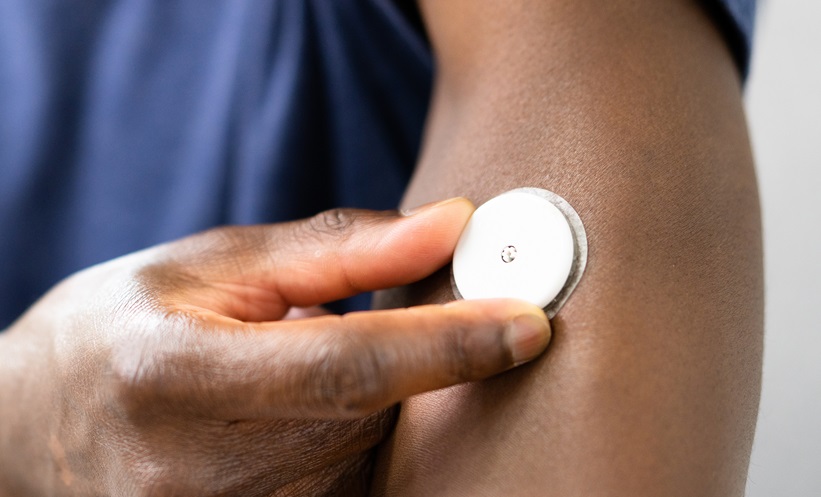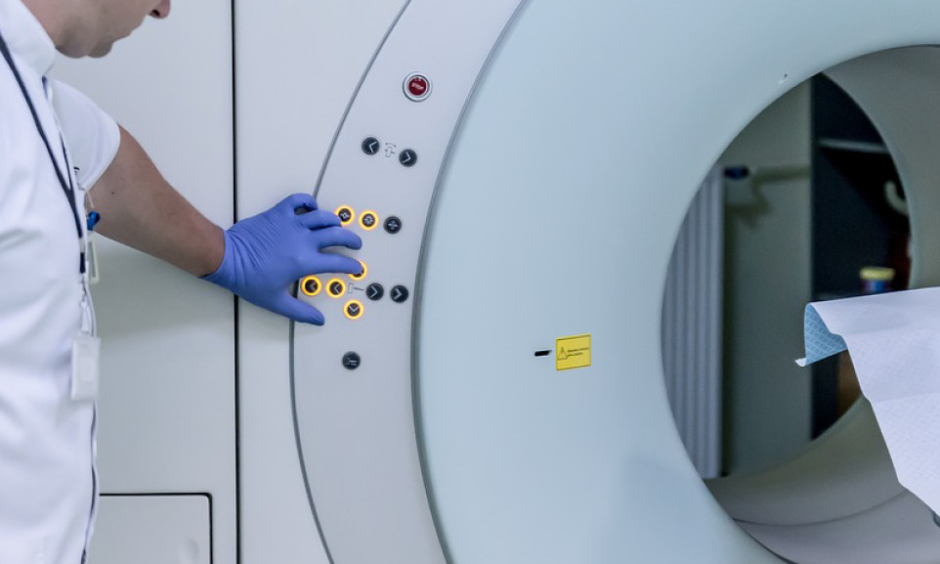A NEW wearable sweat patch offers a convenient and accurate way to monitor sweat chloride in adults with cystic fibrosis, with results matching standard lab tests and paving the way for personalised remote disease management. The innovation may expand access to care, particularly for regions lacking specialised diagnostic services.
Cystic fibrosis is a lifelong genetic condition that leads to thick mucus in the lungs, digestive issues, and frequent infections. Much depends on regular monitoring of sweat chloride, the gold-standard for diagnosis and the key biomarker for assessing how well medications are working. Current testing methods require clinical visits and complex procedures, making it difficult to track daily changes or monitor patients outside specialist centres.
Northwestern Medicine scientists and Epicore Biosystems trialled a sticker-like wireless sweat patch, worn on the wrist and analysed with a smartphone, in 20 adults with cystic fibrosis and seven healthy control participants. Each took the standard chloride sweat test in clinic then tested the patch at home during exercise sessions across 14 days. Results revealed strong correlation between the sweat patch and gold-standard laboratory methods for both volume and chloride measurement, even when used remotely. Among cystic fibrosis patients taking CFTR modulator drugs, there was considerable day-to-day variability in chloride levels, indicating that ongoing monitoring may provide a more complete picture of treatment efficacy than single clinic readings. In healthy volunteers, patch results were consistent with lab findings across exercise-induced sweating.
This sweat patch could allow clinicians and patients to monitor cystic fibrosis more regularly and inform treatment decisions even from home. For those in rural or resource-poor areas, the technology could speed up diagnosis and expand the reach of screening, helping optimise use of new medications. Clinical guidelines may eventually incorporate wearable biomarker tracking as an adjunct to existing tests, though pilocarpine-induced chloridometry remains essential for initial diagnosis. Future work will target larger studies, refining patch accuracy, and establishing its role in long-term cystic fibrosis care.
Reference
Nelson RS et al. Remote analysis and management of sweat biomarkers using a wearable microfluidic sticker in adult cystic fibrosis patients. Proceedings of the National Academy of Sciences. 2025;DOI:10.1073/pnas.2506137122.








